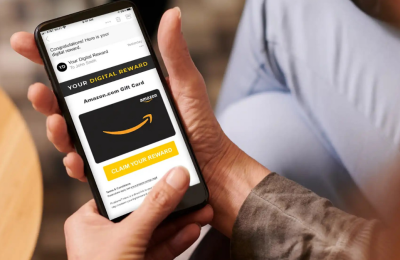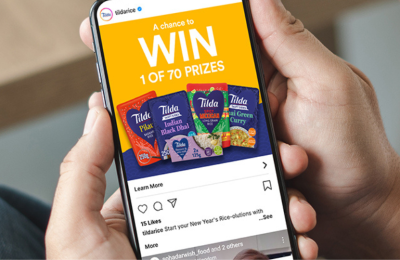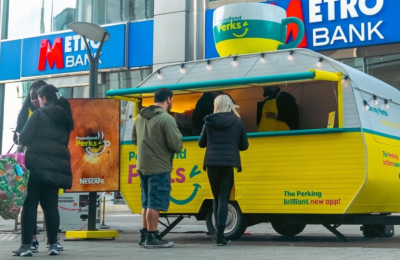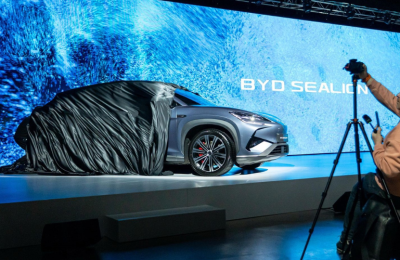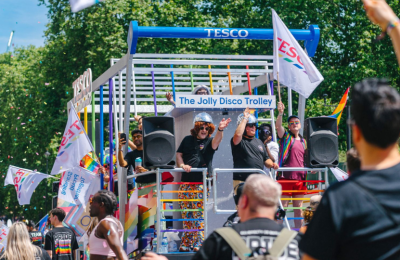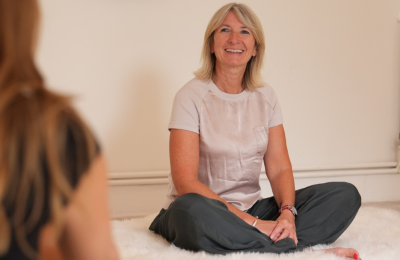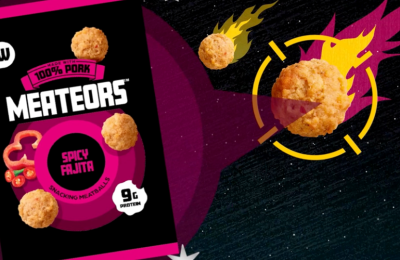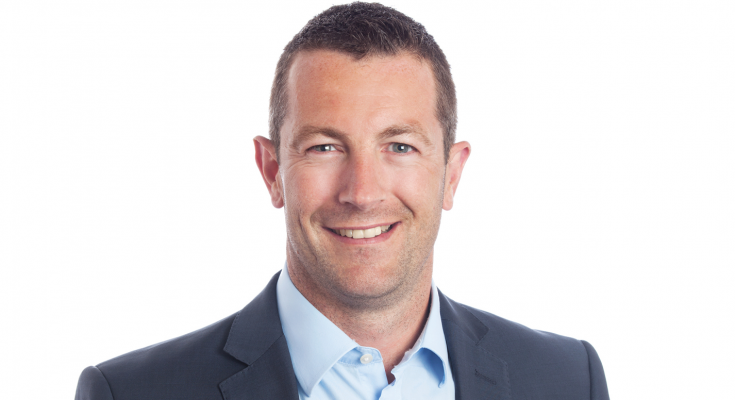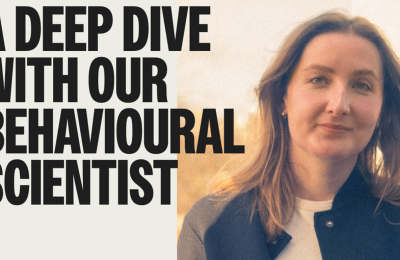Colin Hodgson, Sales Director at Edenred shares how to stay ahead of the battle for customer loyalty.
People’s expectations about how brands should behave will have big implications for loyalty in the year ahead – it’s time to rethink the rules of engagement.
It’s no secret to any marketer that it is far more profitable to retain current customers than acquire new ones. That is why loyalty remains one of the key battlegrounds for every business that wants to grow. Loyal customers spend more, recommend more and tend to feel a greater emotional connection to a business or brand.
Customers buy into the value of loyalty too, but the relationship is less emotional and more transactional than many marketers would like to believe.
When they stick by a brand, customers want rewards and discounts in return – from either you or from partner brands. Other things like preferential treatment come much further behind. That’s according to a recent YouGov study, ‘What the British think of loyalty programmes’. The same study also found around six in ten UK adults think every brand should offer a loyalty programme.
And therein lies the challenge for every business: if everyone is fighting for customer loyalty, how can you make sure you win?
The key is to stand out from the pack by doing things differently. Going into 2019, it’s clear that some brands are getting ahead of the game in the way they do and here are five trends that are reshaping customer loyalty.
1. Reward for tenure
One of the most perverse trends emerging from the war for customers in the last few years has been the rise of the steep ‘loyalty penalty’, suffered by people who don’t shop around for new deals on things like their utilities or broadband when their contract expires.
That’s being turned on its head by the likes of Sky and Aviva who are now rewarding, rather than penalising, customers who stick around with preferential deals. The growth of Sky’s VIP scheme to over 2 million customers by mid-2018 shows how a well-thought through loyalty programme, backed up by reward, can be a powerful way of keeping customers.
2. Luring in the deal-hunters
The ‘Groupon effect’ means nearly everyone is constantly on the look-out for the best deal. Consumer trends consultancy, Foresight Factory, calls these ‘poly-amorous customers’ who are more loyal to value than any given brand; switching is what they love to do. Although loyalty may be more of a short-term concept for this flighty group, combining an attractive product with reward for repeat custom is a way of driving brand preference, gaining insight around buyer behaviour and ultimately nudging them towards longer term brand preference.
3. Lucky loyalty
Another piece of thinking which is opening out new opportunities for marketers is the ‘Lucky Loyalty Effect’. This is based on a relatively new piece of behavioural research which found that the more consumers invest in a brand, the more they feel they will win random promotions over less loyal customers.
The upshot is that marketers can now plan more carefully what investment they need to make in schemes that drive up their share of wallet or purse from higher spending customers, compared to what they spend on similar schemes for new ones.
4. Fine to be fallible
Shortcomings in customer service now come at a high cost in a 24/7 digital world fuelled by social media and online reviews.
While reputationally there can be a high price to pay when things go wrong, it’s also true that being genuine in the way that brands apologise and then explain how they will make things right can also influence future loyalty. Research by Foresight Factory found that being genuine made consumers ten times more likely to recommend a supermarket over others.
5. A true understanding of loyalty
A final area for marketers is understanding the different shades of loyalty which exist among different groups of consumers.
Just because customers buy your products regularly, it doesn’t mean they are loyal. The ubiquity of your products – i.e. the ease of purchase because you have better routes to market – and satisfied inertia where people are just happy enough not to shop around can distort the true extent to which people really value a given brand.
The starting point for marketers is to understand loyalty at parity – the extent to which consumers will choose a given brand when all things are equal.
Taken together these new trends aren’t just relevant to those operating in consumer markets but are relevant to companies in the business-to-business space too. Wherever you are selling this year, it is clear that you will need to keep up with the changing rules of engagement or risk getting left behind.


